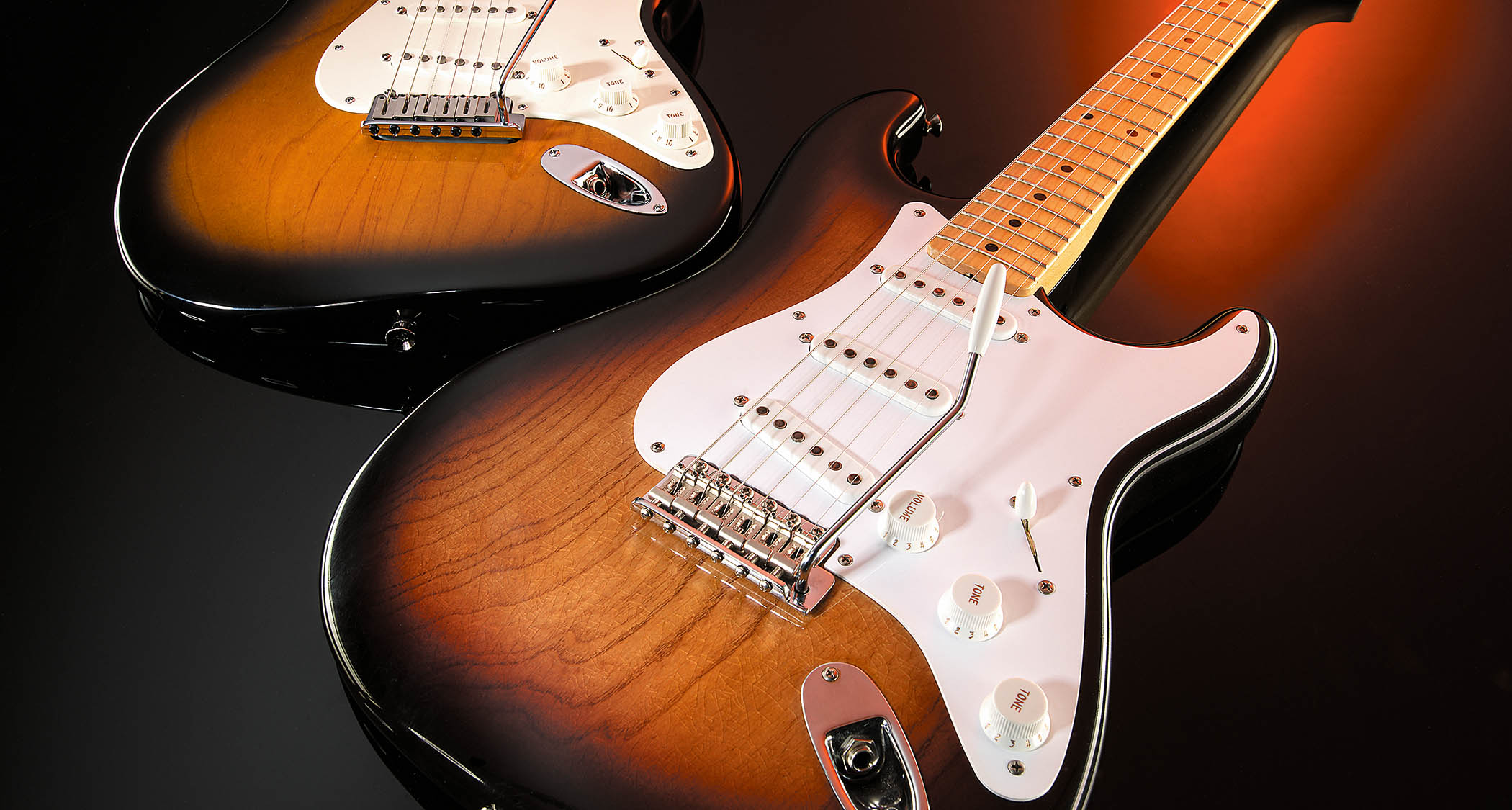The is the most successful design of all time. No guitar has shaped popular culture like the Strat. Its double-cutaway design is the acme of guitar shapes, arguably the most copied, the most easily recognisable.
The Stratocaster’s cultural legacy, ignited in 1957 when Buddy Holly debuted it with the on , transcends the instrument itself. Its story is not just about its impact on guitarists’ imagination. And yet as a musical instrument, a piece of engineered design, it has remained relevant, a fact that rests upon its player-friendly ergonomics, with contouring to accommodate the forearm and to sit better against the body, the versatility of the three-pickup format, but also a subtle but telling evolution in its specifications that has often been led by those who played it.

Some of the standard specs we see in Fender’s Stratocaster lineup today – the five-way switching, bridge humbuckers – came from players. Before 1977, Strat players had to manually manipulate the three-way switch to get those in-between sounds of positions 2 and 4, the sort that Jimi Hendrix popularised. The modular build allows players to modify components or swap them out entirely.
Not getting along with the tremolo? Block it off. If it’s got screws you can unscrew it; if it has solder, it can be rewired. You would not be the first to execute the that connects all three single-coils to the neck tone control, allowing you to use the middle tone control to select between regular single-coil opera.
















